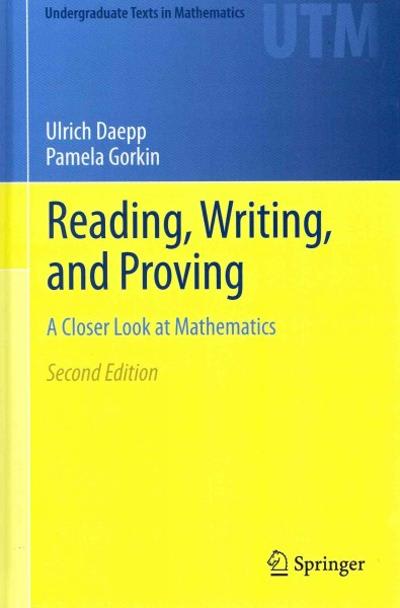Question
A Pew Research study conducted in 2017 found that approximately 75% of Americans believe that robots and computers might one day do many of the
A Pew Research study conducted in 2017 found that approximately 75% of Americans believe that robots and computers might one day do many of the jobs currently done by people. Suppose we have the following data collected from nurses, tax auditors, and fast-food workers in which a higher score means the person feels his or her job is more likely to be automated.
| Nurse | Tax Auditor | Fast-Food Worker |
|---|---|---|
| 4 | 4 | 6 |
| 4 | 5 | 8 |
| 6 | 4 | 6 |
| 2 | 4 | 7 |
| 3 | 7 | 5 |
| 3 | 3 | 6 |
| 4 | 5 | 6 |
| 4 | 2 | 4 |
(a)Use = 0.05 to test for differences in the belief that a person's job is likely to be automated for the three professions.
Find the value of the test statistic. (Round your answer to two decimal places.)
Find the p-value. (Round your answer to three decimal places.)
p-value =
Use Fisher's LSD procedure to compare the belief that a person's job will be automated for nurses and tax auditors. (Use= 0.05.)
Find the value of LSD. (Round your answer to two decimal places.)
LSD =
Find the pairwise absolute difference between sample means for nurses and tax auditors.
xNursexTax auditor=
Step by Step Solution
There are 3 Steps involved in it
Step: 1

Get Instant Access to Expert-Tailored Solutions
See step-by-step solutions with expert insights and AI powered tools for academic success
Step: 2

Step: 3

Ace Your Homework with AI
Get the answers you need in no time with our AI-driven, step-by-step assistance
Get Started


